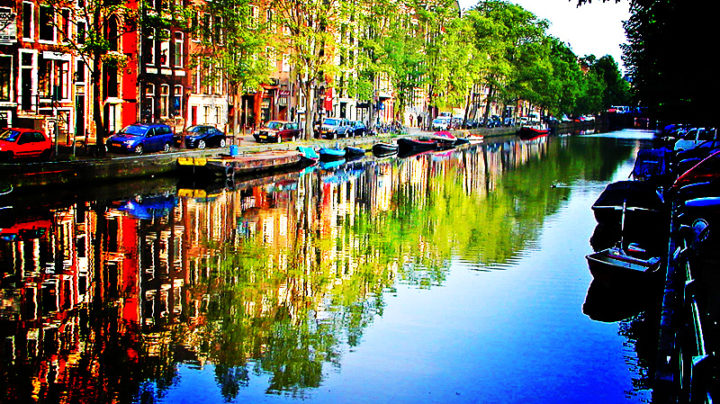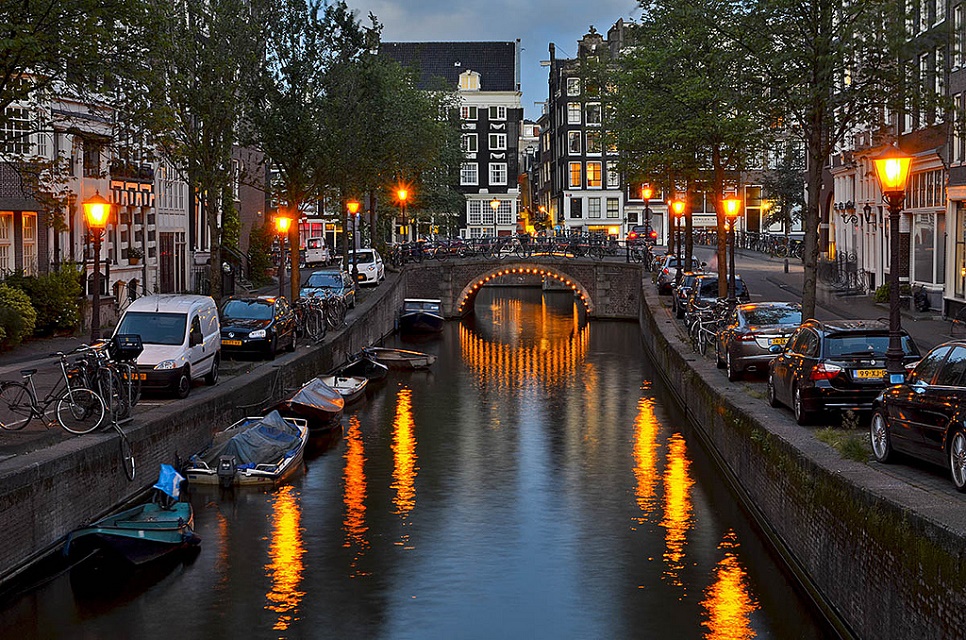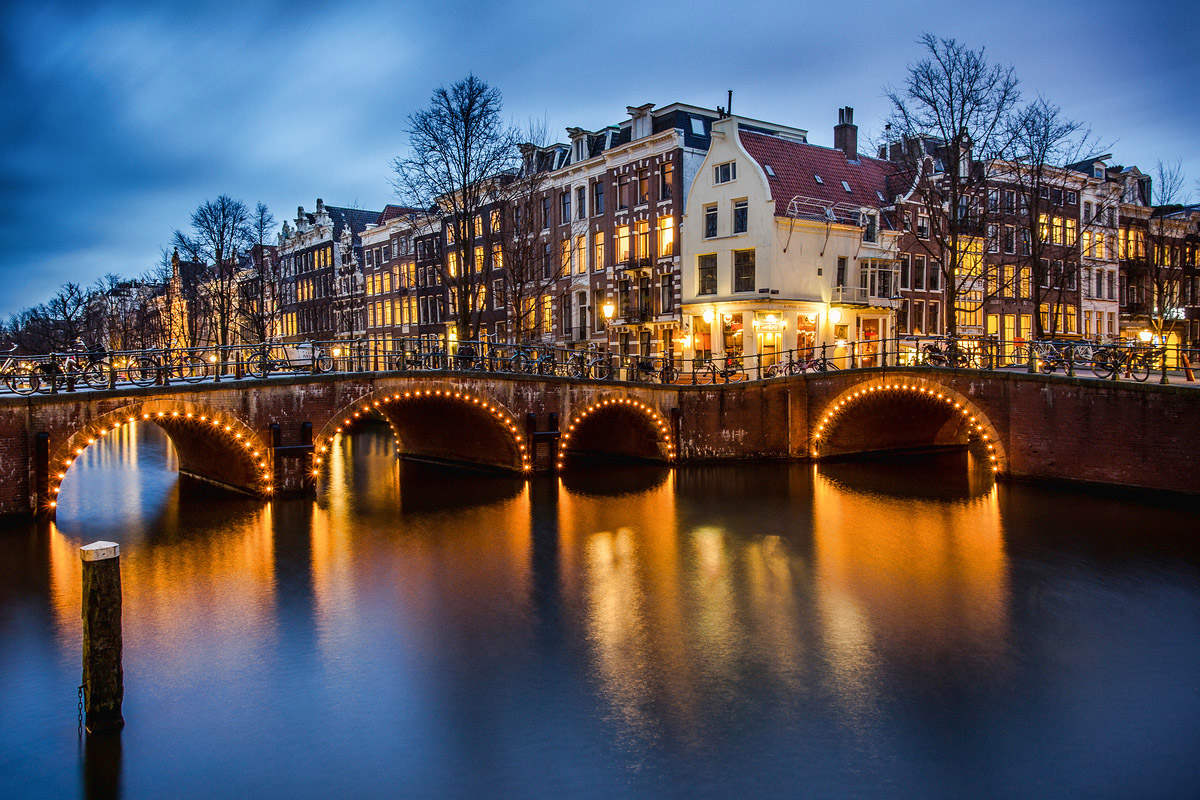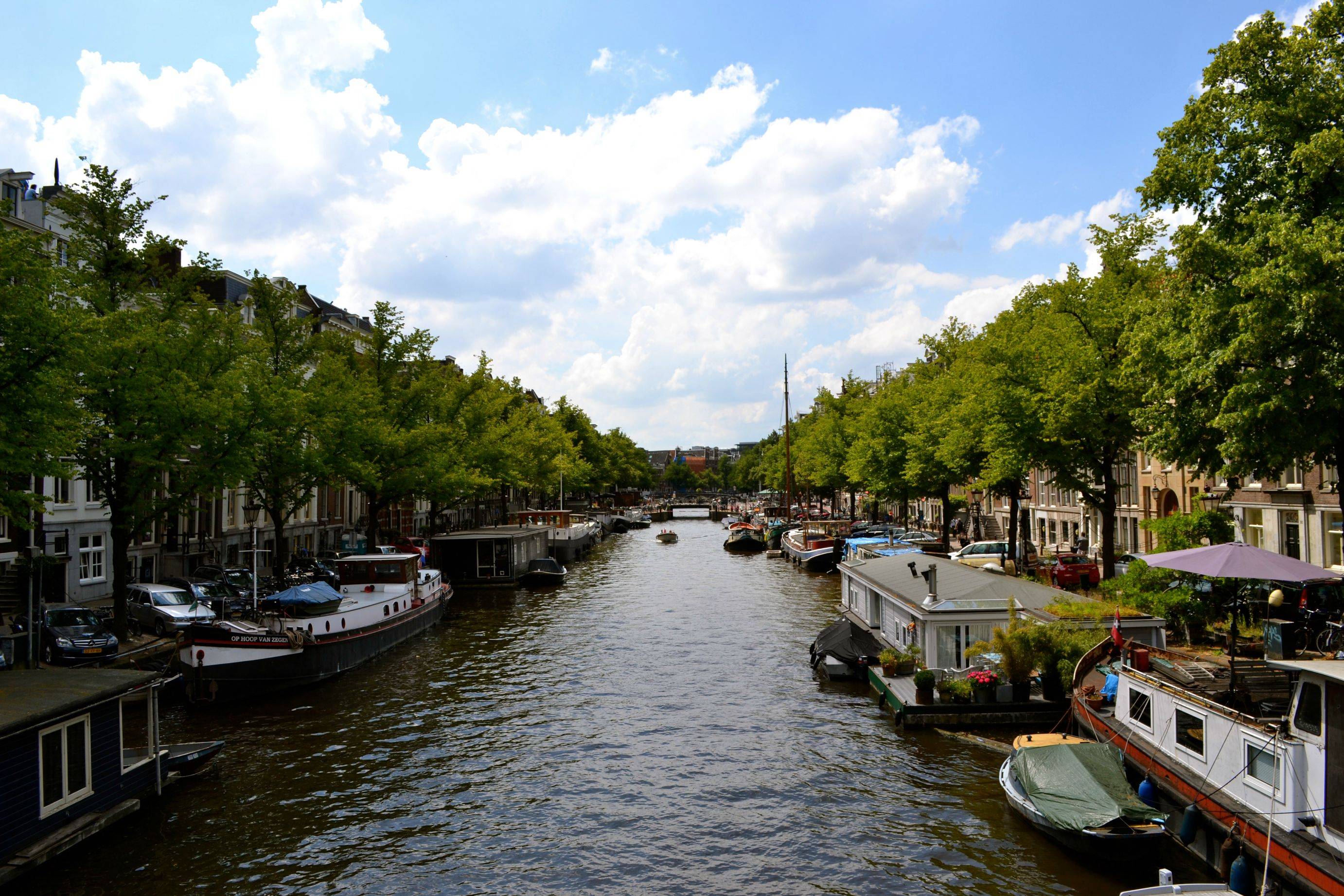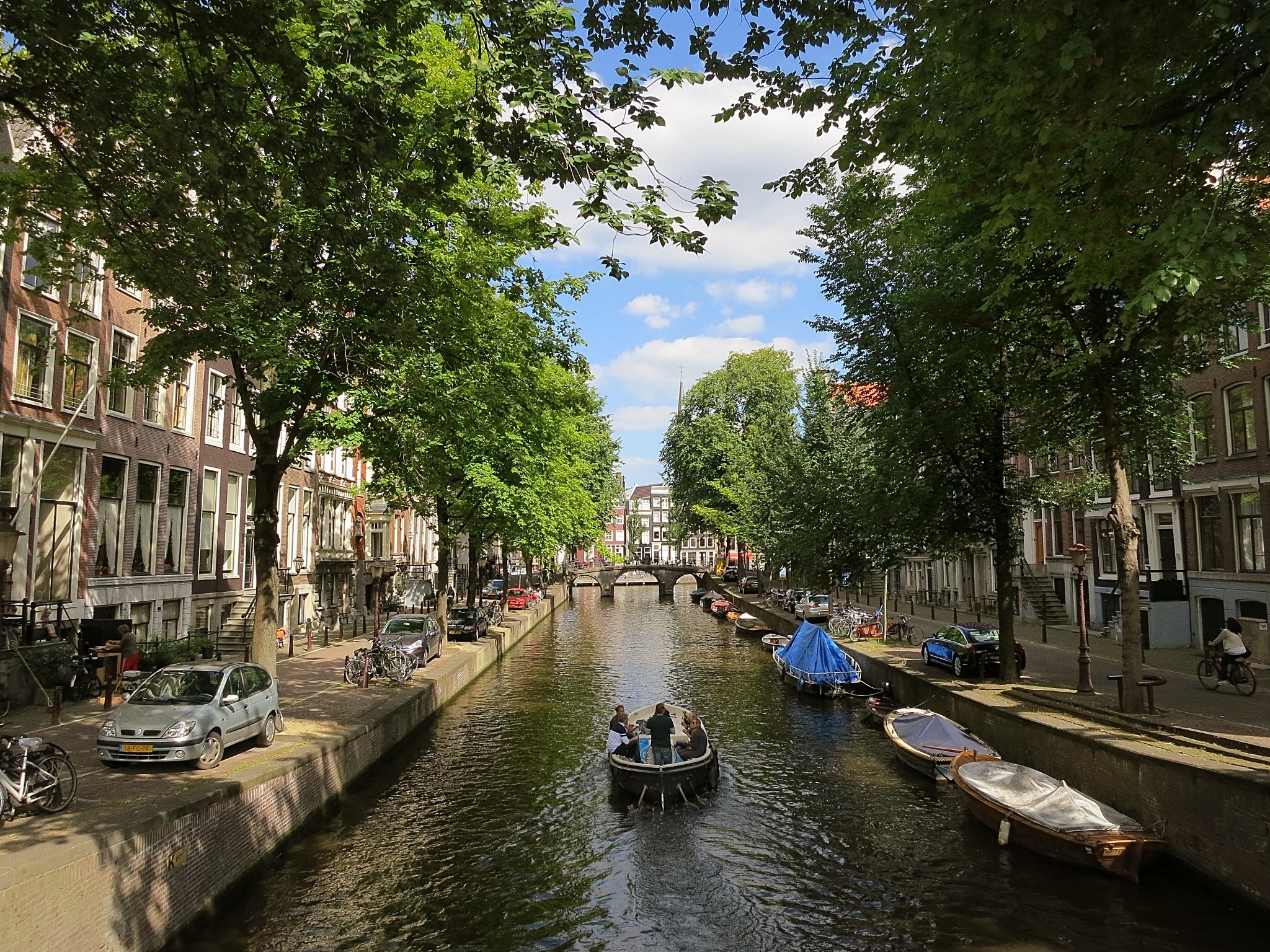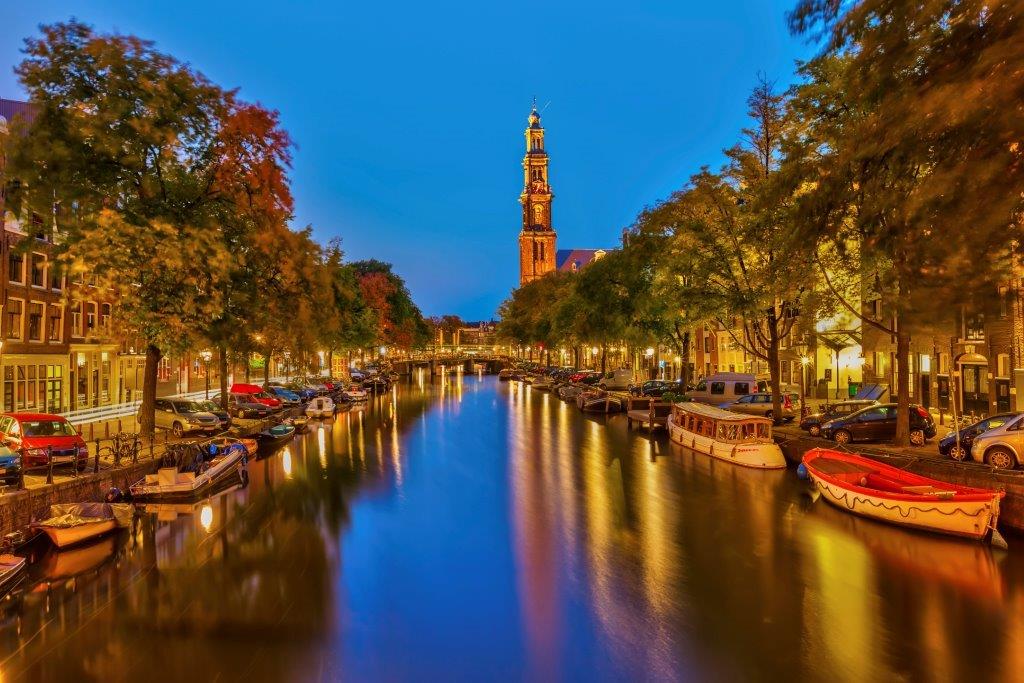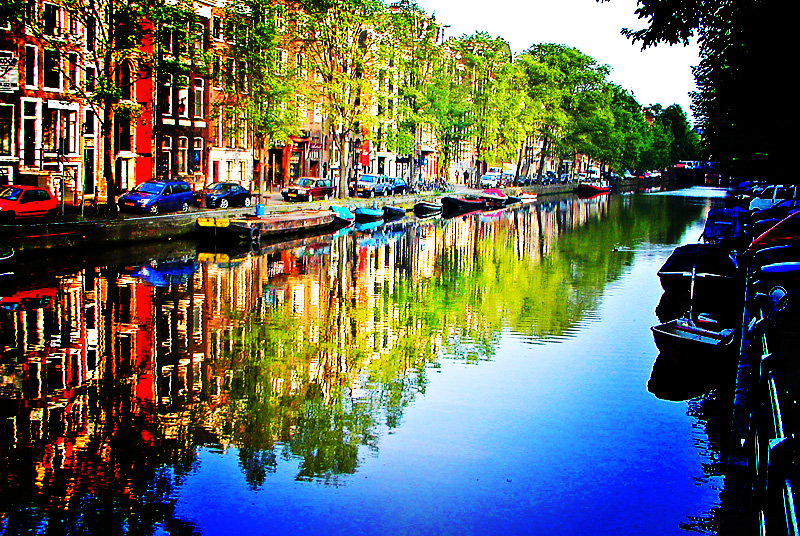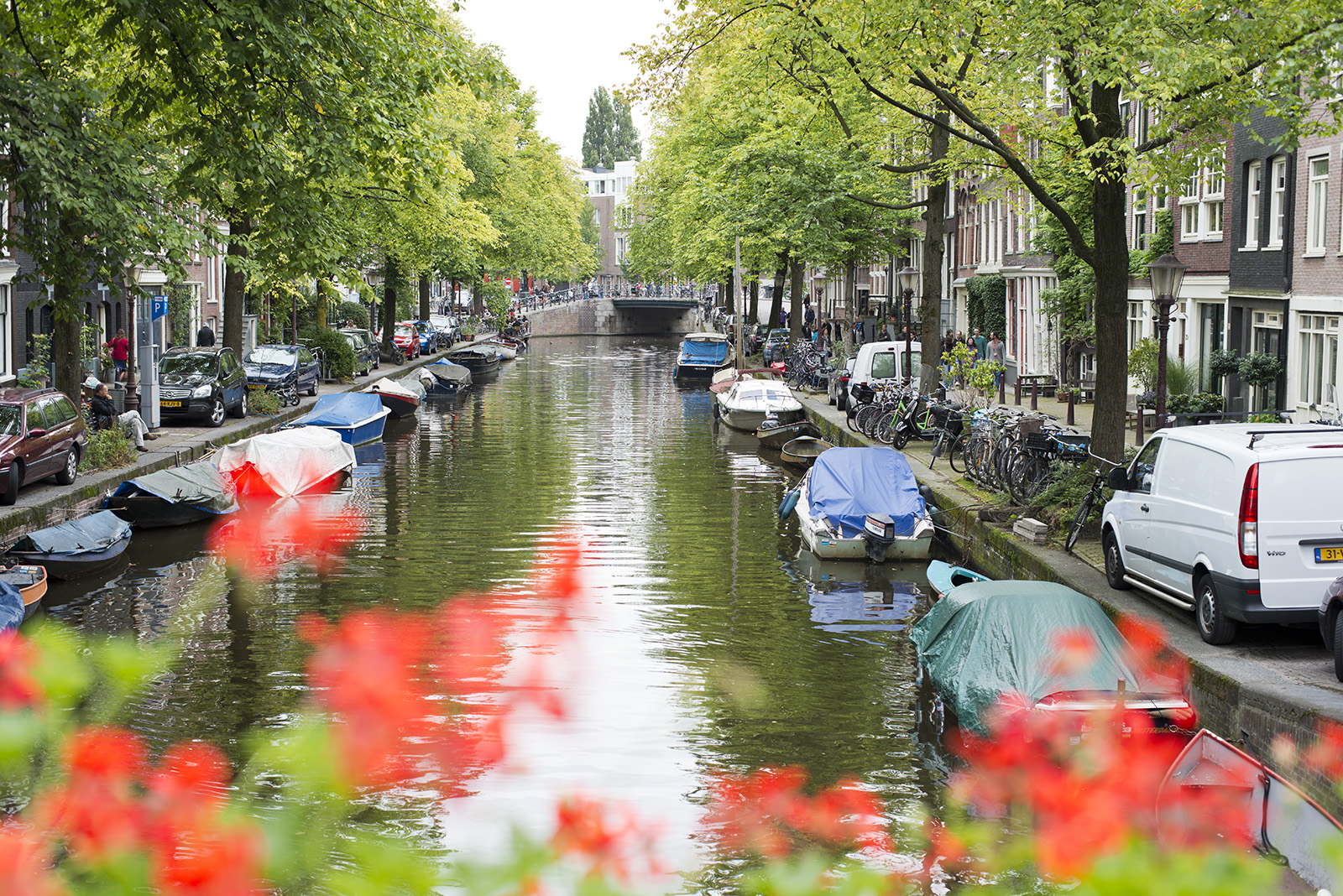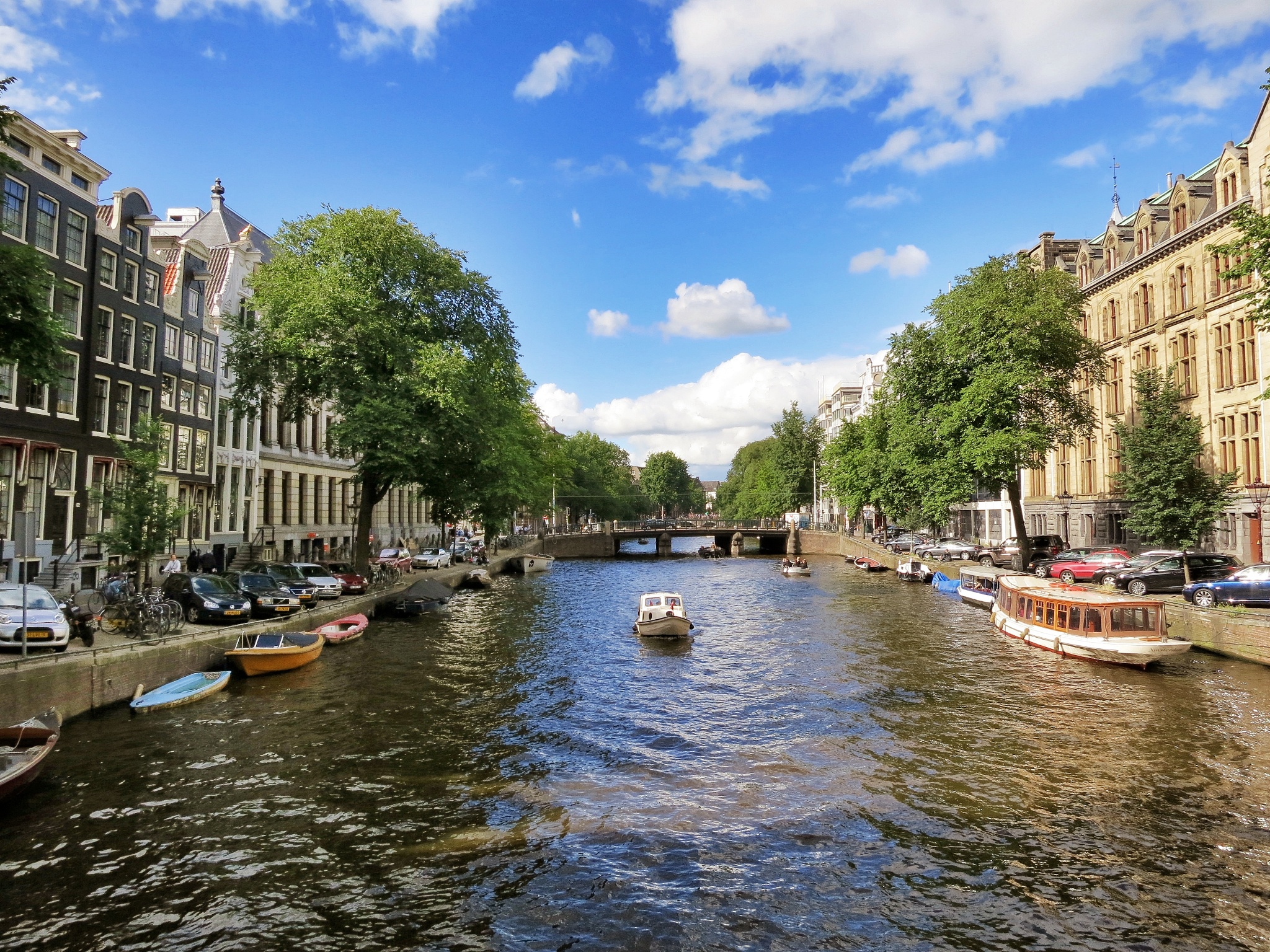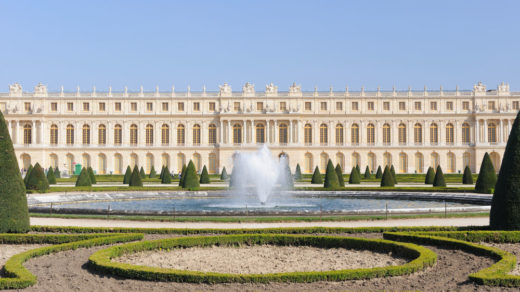Amsterdam, the Dutch capital, has more than one hundred kilometers of canals, about 90 islands and 1,500 bridges. The three main canals, Herengracht, Prinsengracht and Keizersgracht, built in the 17th century the Dutch Golden Age, form a concentric belt around the city, known as the Grachtengordel. Nearby main canals are 1550 monumental buildings. Territory ring of canals in the 17th century, including the Prinsengracht, Keizersgracht, Herengracht, and Jordaan, was included in the UNESCO World Heritage List in 2010, which contributed to the fame of Amsterdam as the “Venice of the North”
Herengracht
Herengracht is the first channel of the three major canals in the city which is located in the city center of Amsterdam. Samuel Sarphati (1813-1868) lived in the house numbered 598 and Peter the Great stopped at the house numbered 527 at the time of his second visit to Amsterdam.
Keizersgracht
Keizersgracht (Emperor’s Canal) is the second channel of the three major canals in the city center of Amsterdam, in between the Herengracht and Prinsengracht. The canal is named after Maximilian I, Holy Roman Emperor. John Adams lived in the house numbered 529, Heinrich Schliemann worked for at least three years in the building numbered 71, Daniel Fahrenheit in 463-465, and during his first visit to Amsterdam (1693), Peter the Great stopped at the house numbered 317.
Prinsengracht
Prinsengracht (Prince Canal) is the fourth and longest of the main canals in Amsterdam. The canal is named after the Prince of Orange. Most of the houses in the surrounding built in the Dutch Golden Age in the United Provinces. Bridges that are on the Prinsengracht canal, connected to the streets in the Jordaan.
Famous buildings along the Prinsengracht include the Noorderkerk (North Church), the Noordermarkt (North Market), Anne Frank House, Westerkerk (Western Church, Amsterdam’s tallest church) with the Homomonument (Gay Monument), which actually overlooks the Keizersgracht.
